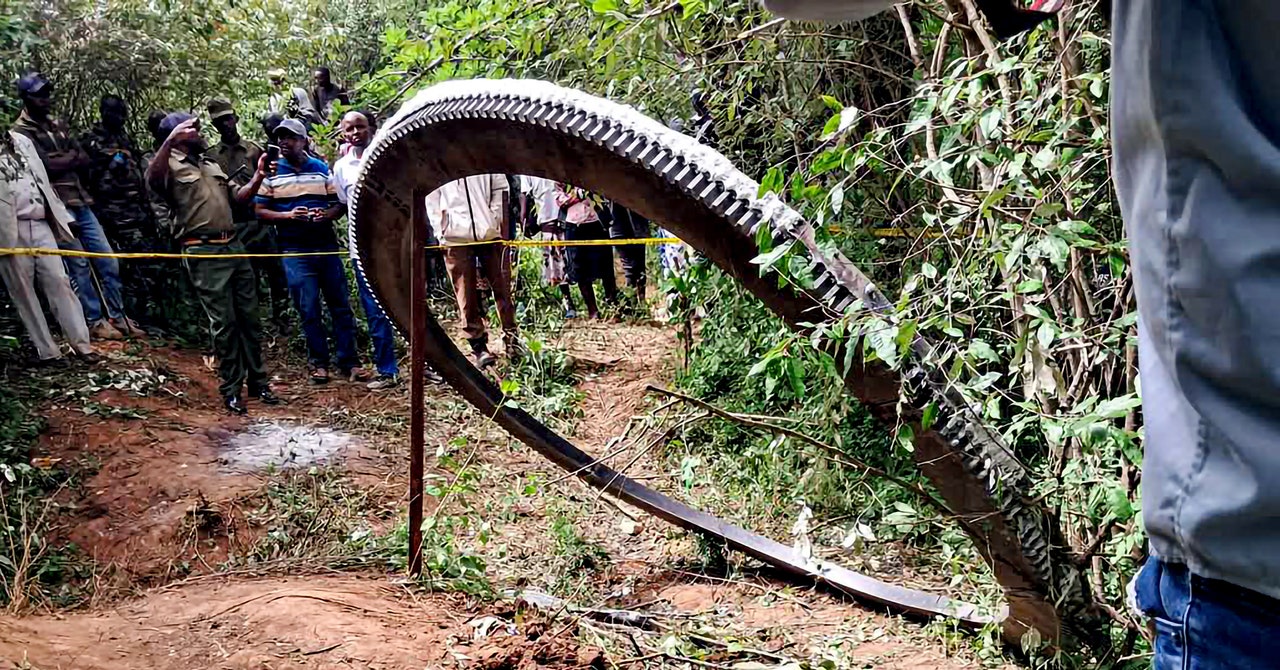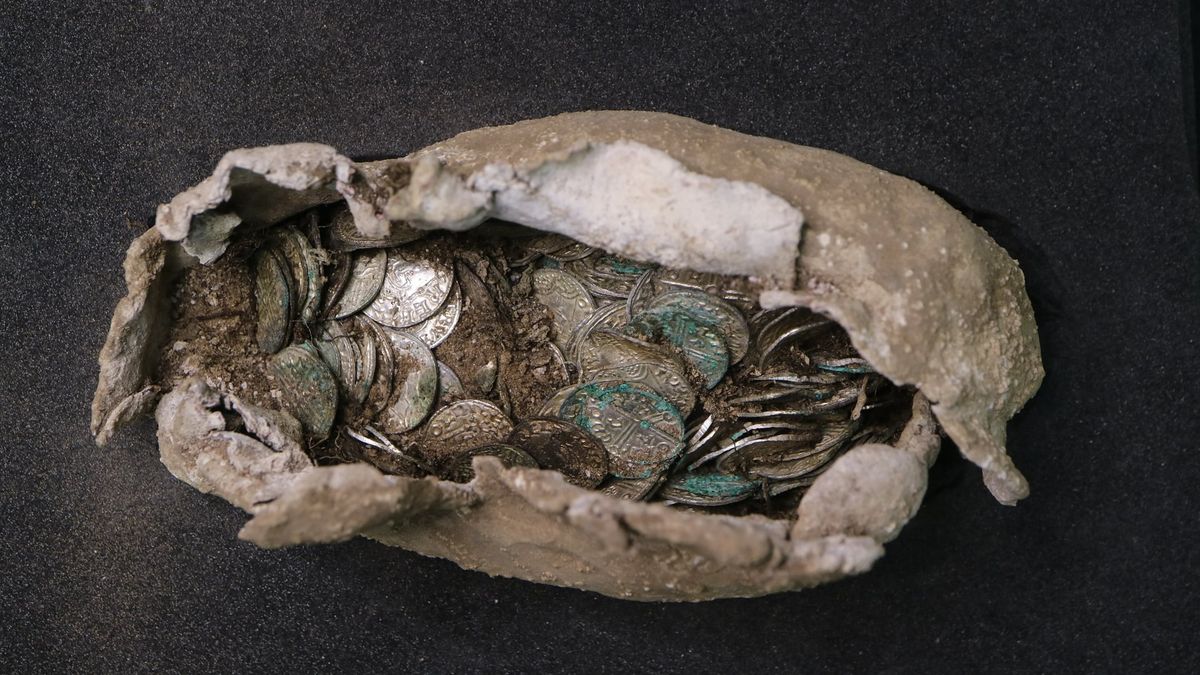
A dazzling fireball streaked across the skies of the Southern United States, captivating and alarming onlookers as it shattered into smaller glowing fragments. What initially appeared to be a massive meteor turned out to be something far more extraordinary—and controversial. Experts have identified the source of this fiery spectacle as the remnants of a decommissioned Chinese satellite re-entering Earth’s atmosphere.
The blazing debris illuminated the night skies above Louisiana, Alabama, Missouri, Arkansas, and Tennessee, sparking awe, speculation, and a wave of conspiracy theories about the true intent behind the satellite. But what exactly happened, and why are so many people skeptical of the official explanation?
The Fireball That Stunned the South
Late Saturday night, reports began pouring in from Alabama, Georgia, and Mississippi about a glowing fireball streaking across the night sky. Videos captured the brilliant display, showing a long, fiery trail that gradually disintegrated as it descended toward the horizon. Witnesses described the phenomenon as both mesmerizing and unsettling, with some speculating it was a meteor shower or a rare astronomical event.
However, experts quickly dismissed the idea of a natural occurrence. Jonathan McDowell, an astrophysicist at the Harvard-Smithsonian Center for Astrophysics, provided clarity, stating that the fireball was the result of a Chinese satellite reentering the atmosphere. The object in question was identified as CZ-3B R/B, a component of China’s Chang Zheng 3B rocket, which had been in orbit since its launch in 2016.
“This was the expected reentry of an old rocket body,” McDowell explained. “The timing and trajectory align perfectly with the videos captured by residents in the area.”
What Is Space Debris, and Why Does It Matter?
Space debris, often referred to as “space junk,” includes defunct satellites, spent rocket stages, and fragments from collisions in orbit. These objects, while harmless in space, pose significant risks when they reenter Earth’s atmosphere. As they descend, friction with the atmosphere causes intense heating, resulting in the fiery streaks observed from the ground.
In most cases, reentering debris burns up completely before reaching the surface. However, larger pieces can survive reentry and pose a potential threat. This is especially concerning given the exponential growth of satellite launches in recent years.
Key facts about space debris:
- Volume: There are currently more than 27,000 tracked pieces of debris in Earth’s orbit, with countless smaller fragments untracked.
- Origins: Most debris comes from satellite launches and space collisions.
- Risk Areas: While much of the debris lands in oceans or unpopulated regions, some pieces could potentially endanger inhabited areas.
The Growing Challenge of Orbital Objects
China, like many nations, has rapidly expanded its presence in space, launching hundreds of satellites for communications, navigation, and scientific research. However, with this growth comes an increase in the volume of orbital debris. The Chang Zheng 3B rocket, responsible for Saturday’s fireball, is one of many rocket stages left to decay in orbit.
“This incident serves as a reminder of the growing challenge we face with space debris,” said McDowell. “As we launch more satellites, we increase the likelihood of such reentries, which, while rare, are becoming more frequent.”
The issue isn’t limited to one country. The global space industry has seen a surge in activity, particularly with the advent of mega-constellations like SpaceX’s Starlink. While advancements in technology have made space more accessible, they have also created new risks for orbital traffic and debris management.
How Dangerous Are These Events?
While the fiery display over the southern US was harmless, it raises questions about the risks associated with space debris. According to experts, most objects burn up completely during reentry, reducing the likelihood of ground impact. However, there are exceptions.
Larger pieces, like components of rockets or satellites, can survive the intense heat of reentry and reach the surface. In 2022, debris from another Chinese rocket was found in rural Australia, reigniting debates about international accountability and the need for stricter regulations on deorbiting protocols.
“This is not just a technical issue but a policy challenge,” McDowell emphasized. “We need international agreements to ensure that deorbiting is conducted responsibly.”
Got a reaction? Share your thoughts in the comments
Enjoyed this article? Subscribe to our free newsletter for engaging stories, exclusive content, and the latest news.










Leave a Comment